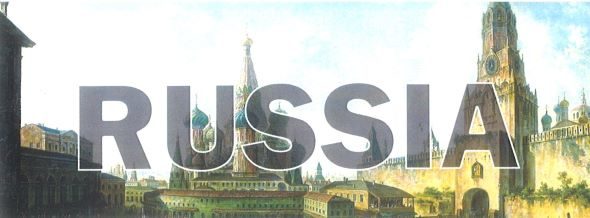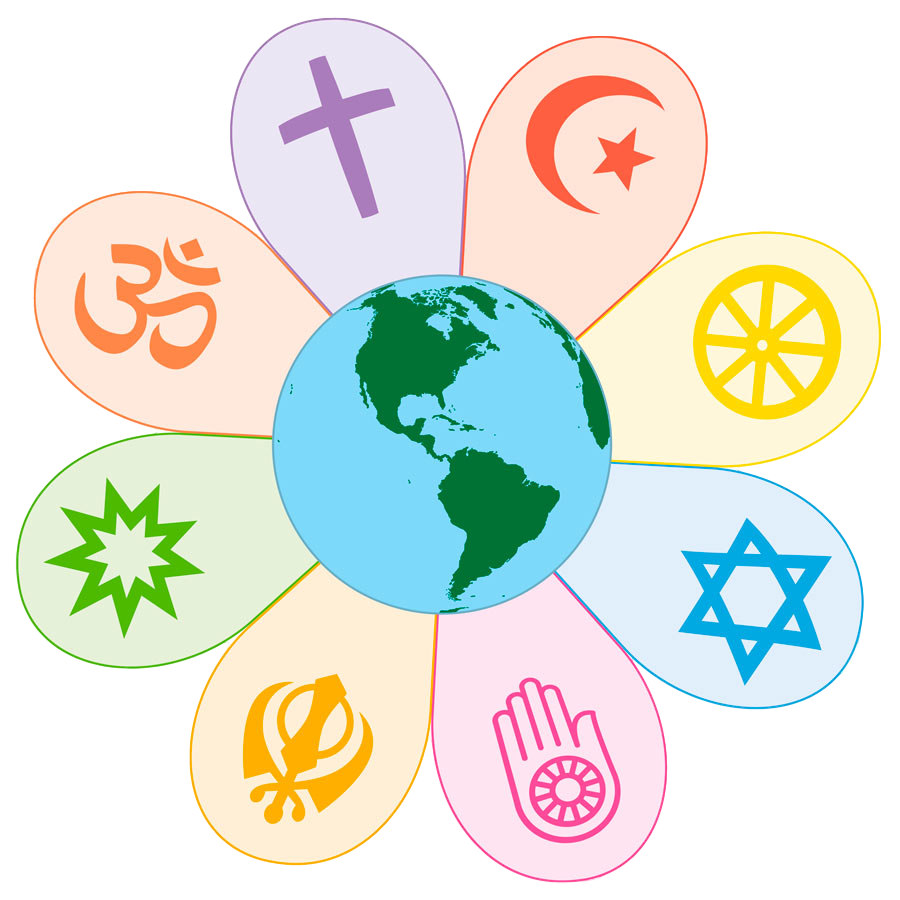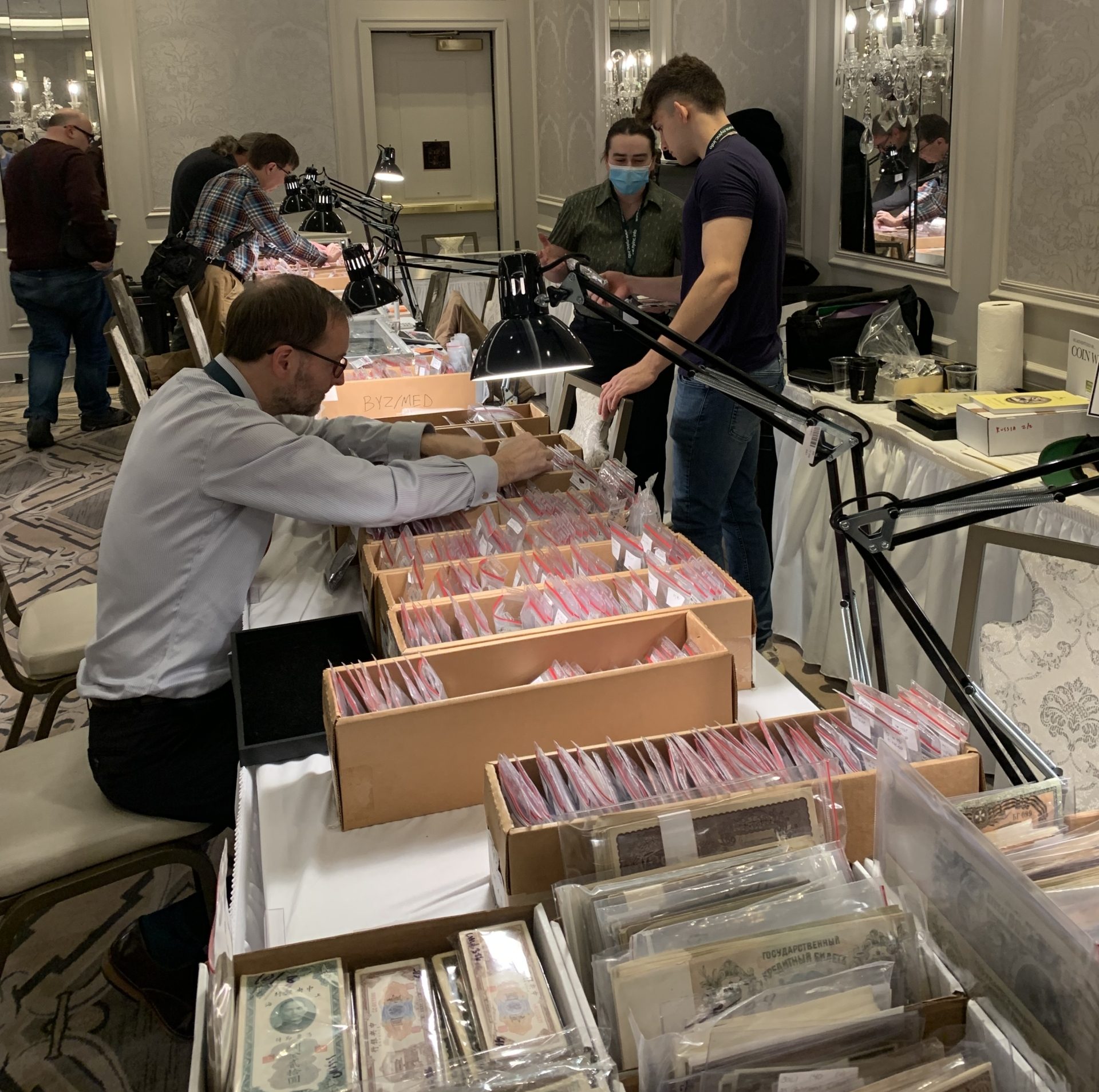The Rise and Fall of the Russian Empire
This week in history, it’s Russia’s time to shine. Of course, that’s a strange sentence given Russia’s current blundering about on the geopolitical stage. (For a thoughtful take on how this affects the coin market, try these articles by Coins Weekly–they’re old, but good.) But if we go back three centuries or so, Russia was becoming a locus of high culture and a political player not to be trifled with. Skip ahead to the early twentieth century, and it all came crashing down. Ironically, two notable events bracketing the high and low points of imperial Russia happened on July 17.
On July 17 1762, Peter III died, making Catherine the Great empress. She was a shrewd stateswoman and empire-builder, adding plenty of land to her domains and balancing international politics in Europe and beyond with a deft hand. She also overhauled Russia’s economy and public health systems. Perhaps best of all, she built one of the world’s first proto roller coasters.
On the same day in 1918, the Romanovs were executed, marking the end of imperial Russia after a long and horrific revolution. Nicholas II, although technically a descendent of Catherine, wasn’t exactly cut of the same cloth. He was a sheltered prince, then an ineffective ruler, and his lack of empathy for the Russian people meant there was no one to mourn him or the monarchy when he was massacred with his family. There’s something fateful about one of the high points of the Russian empire and its abrupt downfall coming on the same day.
ECC offers plenty of items related to both the glory days of Russia and its troubling revolution, and everything in between. With Russia’s bold numismatic history, and ECC’s enormous inventory of items, there’s something for every history lover’s or collector’s fancy.




